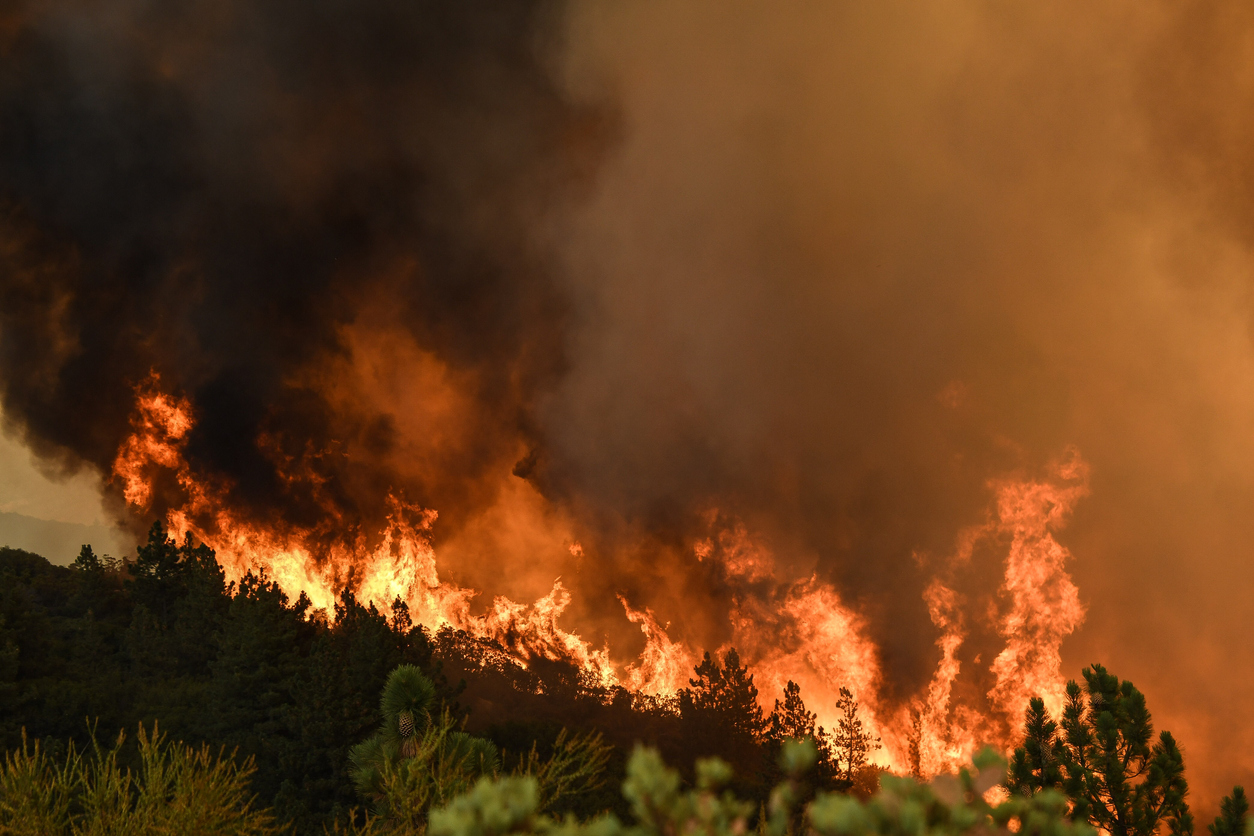The 2020 wildfire season has affected coastal areas that do not usually burn and has seen the still-ongoing LNU Lightning Complex event and the SCU Lightning Complex event occupy the second and third spots in terms of acres burned.
Although too early to estimate losses, AM Best says much of the market share in California is held by the larger national companies with significant capital to manage this peril, as well as effective risk management strategies, including robust reinsurance programs.
Insurers with significant concentrations in California homeowners may be more exposed but their losses will depend on reinsurance strategies and mitigation techniques.
As the admitted market was already becoming risk-averse and reducing exposure, AM Best is anticipating this wildfire season to impact certain excess and surplus lines insurers that stepped in after 2018 to take advantage of the rate increases and the supply dynamics.
AM Best can also see reinsurers and alternate capital demanding significant rate hikes, which would result in higher reinsurance costs for primary carriers and make the risk/reward trade off to underwrite California wildfire risk a much more challenging decision.
The 2018 wildfires caused the largest price increases in retro markets and third-party capital and, as losses from the season accumulate, we may see a much more focused retreat from these risks.
AM Best notes how risk modelling of wildfire losses and mitigation strategies need significant improvement, and substantial increases in risk adjusted pricing may be required.
While a step in the right direction for risk assessment, AM Best considers models as being too early in development to have made a marked impact on the losses. Moreover, regulatory restrictions may constrain insurers’ strategies.













